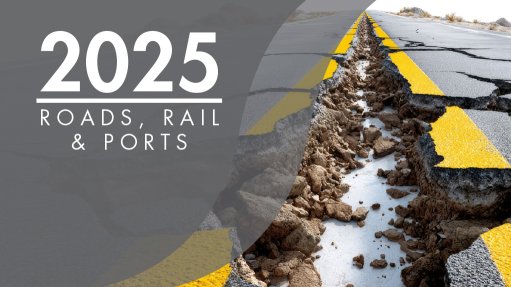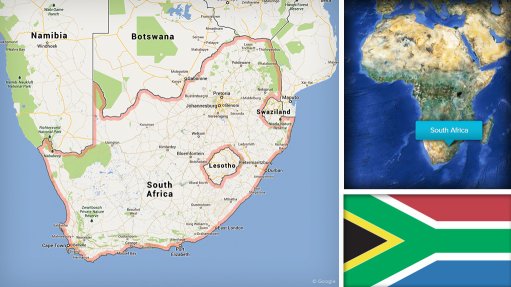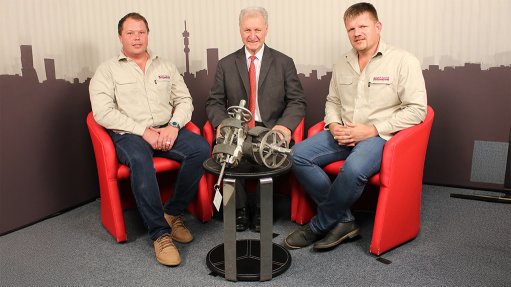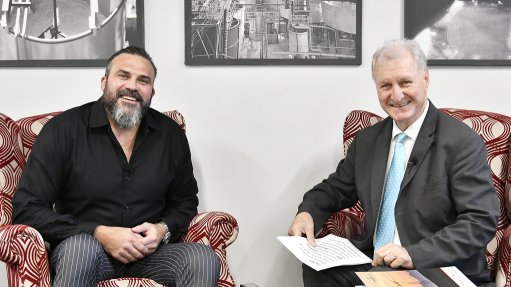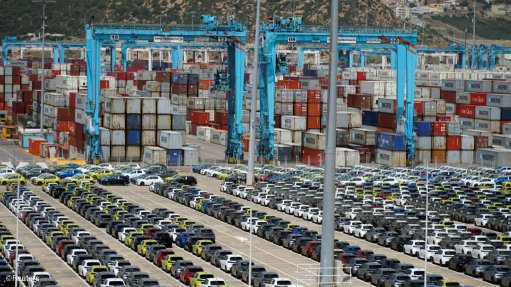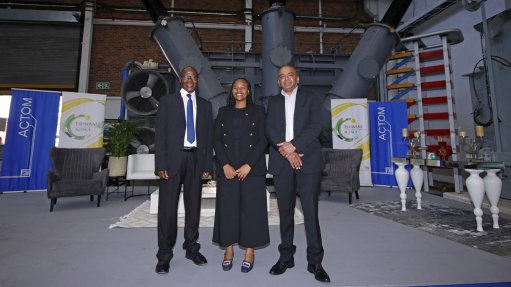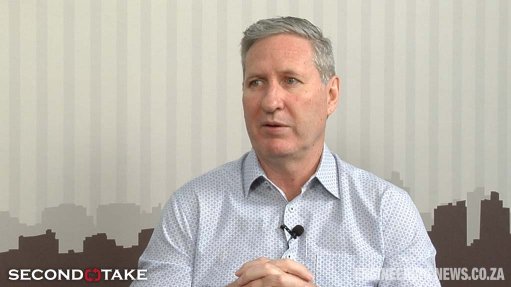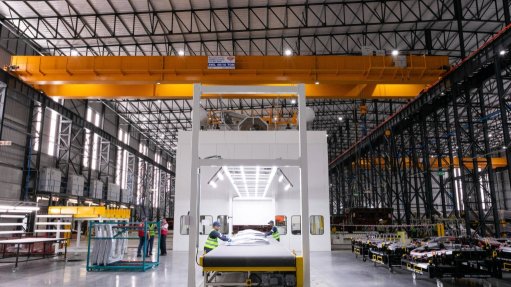South Africa must explore the merits of legislatively mandating smart geysers
This article has been supplied.
By: Mark Allewell - Chief Executive Officer of Sensor Networks, a South African provider of Smart Home Solutions
The significant reduction in loadshedding this winter is a milestone well worth celebrating. The nearly two-decades-long scourge not only cost the economy trillions of rands, but also made daily life unbearable for South African households navigating intermittent power despite astronomical electricity bills. We should not, however, forget that the country is not out of the woods, and many households still face the equally burdensome occurrence of load-reduction. To this end, South Africa must continue to explore measures to lower the demand for electricity, and there is a very easy place to start – geysers.
Shortly after assuming his then newly-created role as Minister for Electricity in the Presidency in March 2023, Dr Kgosientso Ramokgopa identified geysers as one of the low-hanging fruits for reducing loadshedding. In fact, the Minister argued that simply switching off geysers could cut up to 4,000MW – in other words, four stages of loadshedding. While this observation made headlines, little action has been taken to activate this critical power-saving measure.
Given the loadshedding-free winter thus far, it is tempting to assume that the need for such measures has largely passed. But that would be a mistake. For one thing, Eskom is far from fixed. Despite the Minister’s recent assurances, the possibility of falling back into loadshedding at a moment’s notice cannot be ignored. This we learnt the hard way when loadshedding was suddenly announced shortly before the president’s 2025 State of the Nation Address after nearly 300 days without it.
Moreover, with the Trump tariffs coming into effect this month – and likely to cause significant hardship for South Africa’s exporting sectors – any recurrence of loadshedding would compound the dire situation already facing the country, plunging the nation into a real economic catastrophe.
As things stand, the cost of loadshedding has already been estimated over R1 trillion in 2023. No less an authority than the South African Reserve Bank estimated the daily cost of loadshedding at the peak of the crisis around R899 million. Any return to loadshedding – even at only half of the peak cost – over and above the economic and job losses expected on account of Trump’s tariff war would obliterate any hope that the Government of National Unity could turn South Africa’s growth prospects around.
Given these stakes, there is a compelling argument for South African lawmakers to consider the merits of making smart geyser installation in every home mandatory.
The benefits of smart geysers are indisputable. The most basic models allow residents to control their geysers remotely, turning them on and off as needed. Better models also enable the scheduling of on and off times, automating the process. By heating water only when needed, they reduce electricity usage and thus costs as well. When one considers that geysers can constitute up to 50% of a household’s electricity bill, the consumer savings alone justify the installation.
There are, however, also obvious potential drawbacks. For one thing, it is impossible to ignore the associated cost of installation, especially for lower-income households. But the cost of government-funded installation is worthy of debate given the cost of the alternative – loadshedding. South Africa has an estimated 17 million households. Lower range smart geysers cost between R2000 and R5000. The R85 billion bill for government funding the installation cost for lower-income households is considerably lower than the R481 billion lost to the economy in 2024 alone on account of loadshedding.
Moreover, we wouldn’t be starting from scratch. As things stand, there is already an existing mandate in the form of SANS 10400-XA, a national building regulation that requires at least 50% of a building’s domestic hot water demand to be supplied through renewable energy. The task now would be to amend the standard to mandate smart geysers for all water heating needs, and to develop the parameters for its application. For example, consideration needs to be given to the viability of extending such a mandate to informal dwellings. Moreover, adequate timeframes would be required for formal dwellings to effect the change.
The country could also consider implementing a staggered approach that first incentivises the installation of smart geysers in all residences. This is already done in countries including Australia, Germany, and the Netherlands which all have incentives or rebates to promote smart geyser installation. At a minimum, South Africa should be moving quickly to implement similar measures in order to create the space needed for Eskom to fully recover, and for the energy sector reforms to take effect. Thereafter, the mandatory approach could be implemented, supported by penalties for non-compliance and state-funded installation for a defined category of low-income households.
Another valid concern would be the capacity of the country to implement a change of this nature at scale. As it happens, South Africa has the necessary experience to rely on. In 2017, the South African government mandated a new standard for geysers. As a consequence, insurance companies alone have developed the capacity to replace more than 10,000 geysers per month to ensure compliance with the standard. South Africa also already has manufacturers who have been a part of this process, supplying the new geysers required by the law.
This points to another benefit to such a policy: job creation and skills development. To give effect to the mandate, South African manufacturers would have to rapidly expand their workforces to equip sufficient people with skills to effect these changes throughout the country. The electricity sector is already pegged to become an important employer as new skills are deployed to drive the renewable energy sector as well. The geyser mandate would add to this job creation potential, giving practical, technical skills to scores of unemployed young people. Moreover, to implement the policy at the scale that a national mandate requires, South Africa would also have to explore the possibility of manufacturing the geysers locally, adding to the country’s manufacturing output.
This initiative would also be congruent with South Africa’s climate commitments. Indeed, South Africa has already built important funding links with European states, and these partners may well be amenable to providing further grant funding to enable this move as a component of the Just Energy Transition.
With all the advantages of implementing a smart geyser mandate in South Africa, it is difficult to imagine why such an initiative isn’t already in place. This could have drastically reduced the losses suffered on accountable of loadshedding over the past 18 years. Nevertheless, there is always the opportunity to start today. South Africa has the reasons and the means to implement such a mandate. All that remains is the will on the part of the government and our lawmakers to take this vital leap.
Article Enquiry
Email Article
Save Article
Feedback
To advertise email advertising@creamermedia.co.za or click here
Comments
Press Office
Announcements
What's On
Subscribe to improve your user experience...
Option 1 (equivalent of R125 a month):
Receive a weekly copy of Creamer Media's Engineering News & Mining Weekly magazine
(print copy for those in South Africa and e-magazine for those outside of South Africa)
Receive daily email newsletters
Access to full search results
Access archive of magazine back copies
Access to Projects in Progress
Access to ONE Research Report of your choice in PDF format
Option 2 (equivalent of R375 a month):
All benefits from Option 1
PLUS
Access to Creamer Media's Research Channel Africa for ALL Research Reports, in PDF format, on various industrial and mining sectors
including Electricity; Water; Energy Transition; Hydrogen; Roads, Rail and Ports; Coal; Gold; Platinum; Battery Metals; etc.
Already a subscriber?
Forgotten your password?
Receive weekly copy of Creamer Media's Engineering News & Mining Weekly magazine (print copy for those in South Africa and e-magazine for those outside of South Africa)
➕
Recieve daily email newsletters
➕
Access to full search results
➕
Access archive of magazine back copies
➕
Access to Projects in Progress
➕
Access to ONE Research Report of your choice in PDF format
RESEARCH CHANNEL AFRICA
R4500 (equivalent of R375 a month)
SUBSCRIBEAll benefits from Option 1
➕
Access to Creamer Media's Research Channel Africa for ALL Research Reports on various industrial and mining sectors, in PDF format, including on:
Electricity
➕
Water
➕
Energy Transition
➕
Hydrogen
➕
Roads, Rail and Ports
➕
Coal
➕
Gold
➕
Platinum
➕
Battery Metals
➕
etc.
Receive all benefits from Option 1 or Option 2 delivered to numerous people at your company
➕
Multiple User names and Passwords for simultaneous log-ins
➕
Intranet integration access to all in your organisation







